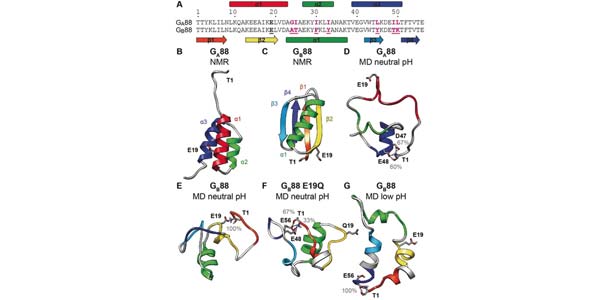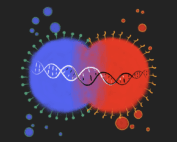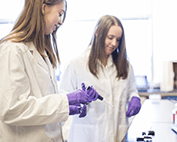UW Bioengineering
Fast Facts
News and Events
UW Bioengineering faculty embrace AI tools to enhance teaching and learning
Faculty are increasingly leveraging AI to streamline work, enhance research and help students understand and effectively use these powerful tools.
Events
Six Bioengineering students named to 2024 Husky 100
UW named six Bioengineering students as a part of [...]
Patrick Boyle and Princess Imoukhuede receive 2024 ITHS Awards
UW Bioengineering Assistant Professor Patrick Boyle and Bioengineering Professor [...]
Bioengineers Connect: An evening of networking and inspiration
Bioengineers Connect, a UW Bioengineering initiative, brought together alumni and students for a networking dinner to share experiences and aspirations.
News & Events
Featured Publications
A Carboxylate to Amide Substitution That Switches Protein Folds
Valerie Daggett and colleagues performed a comparative molecular dynamics study on the denatured states of two proteins, sharing nearly identical amino?acid sequences (88?%) but different topologies, namely an all?a?helical bundle protein named GA88 and an a+B?protein named GB88.
High-throughput characterization of protein–protein interactions by reprogramming yeast mating
The researchers achieved high-throughput, quantitative characterization of protein–protein binding interactions without requiring purified recombinant proteins, by linking interaction strength with yeast mating. Using a next-generation sequencing output, they characterized protein networks consisting of thousands of pairwise interactions in a single tube and have demonstrated the effect of changing the binding environment.
Chemical Crosslinking Mass Spectrometry Analysis of Protein Conformations and Supercomplexes in Heart Tissue
The researchers demonstrate the application of crosslinking mass spectrometry to identify protein structural features and interactions in tissue samples, providing systems structural biology insight into protein complexes as they exist in the mouse heart. The extension of crosslinking mass spectrometry analysis into the realm of tissues opens the door to increasing understanding of protein structures and interactions within the context of the greater biological system.


















